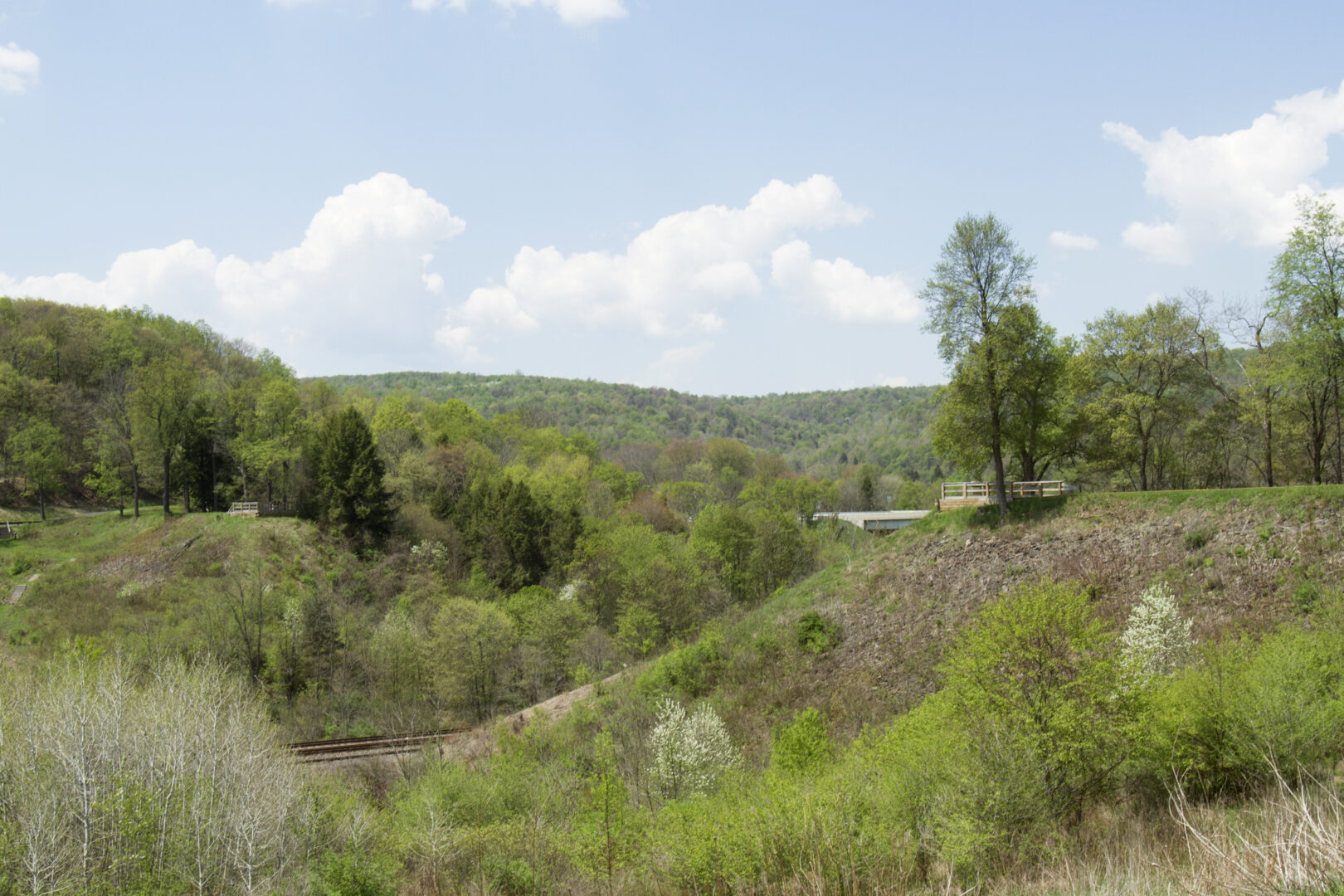
Remnants of the South Fork Dam used to create a man-made lake for the South Fork Fishing and Hunting Club, the destruction of which caused the Johnstown Flood of 1889.

Remnants of the South Fork Dam used to create a man-made lake for the South Fork Fishing and Hunting Club, the destruction of which caused the Johnstown Flood of 1889.

Remnants of the South Fork Dam used to create a man-made lake for the South Fork Fishing and Hunting Club, the destruction of which caused the Johnstown Flood of 1889.
Airdate: May 31st, 2023
On May 31, 1889, the South Fork Dam near Johnstown, Pennsylvania collapsed and the devastating release of water killed more than 22 hundred people.
As a result, May 31st is remembered and recognized as National Dam Safety Awareness Day.
National Dam Safety Awareness Day seeks to encourage and promote individual and community responsibility and best practices for dam safety, as well as what steps can be taken to prevent catastrophic dam failures.
Pennsylvania has more than 3,400 dams and over a thousand of them are at least a hundred years old.
In its 2022 Infrastructure Report Card, the American Society of Civil Engineers gave Pennsylvania dams a “C” grade. The report said 54% of the state’s dams are “high hazard.”
On The Spark Wednesday, Kirk Kreider, Chief, Division of Dam Safety,for the Pennsylvania Department of Environmental Protection, said high hazard doesn’t mean dangerous,”It’s not a assessment of condition. It’s really if a dam were to fail for whatever reason, whether it’s perfectly in fine condition or not, what happens? And if the answer to that question is if it fails and it hits habitable structures, people’s homes, businesses, things like that, and causes a life, a likely loss of life, that’s that’s the definition of high hazard.”
Duke Adams, Water Program Specialist, in the Pennsylvania Department of Environmental Protection Bureau of Waterways Engineering and Wetlands said there are Emergency Action Plans for dams,”Emergency action plan is A, it’s that it sits on a shelf and it’s there to pull off. If there is something going wrong at the dam, they have trigger elevations in there. So during heavy rain events or if there’s a known issue at a dam, we’re going to ask an owner to be super diligent and watch what’s going on. And if the water level over their spillway starts to reach a trigger elevation, they’re going to call 911 and they’re going to put their county emergency management on on notice that, hey, we have an issue here and we’ll keep you posted. And then if it reaches the next elevation, then it’s, hey, pull that plan. Let’s get let’s get roads closed. Let’s get people evacuated. Let’s get people out of harm’s way.”
Adams added that dams are being inspected all the time and when there is an issue with a dam, the owner is made aware to get it fixed.
The days of journalism’s one-way street of simply producing stories for the public have long been over. Now, it’s time to find better ways to interact with you and ensure we meet your high standards of what a credible media organization should be.